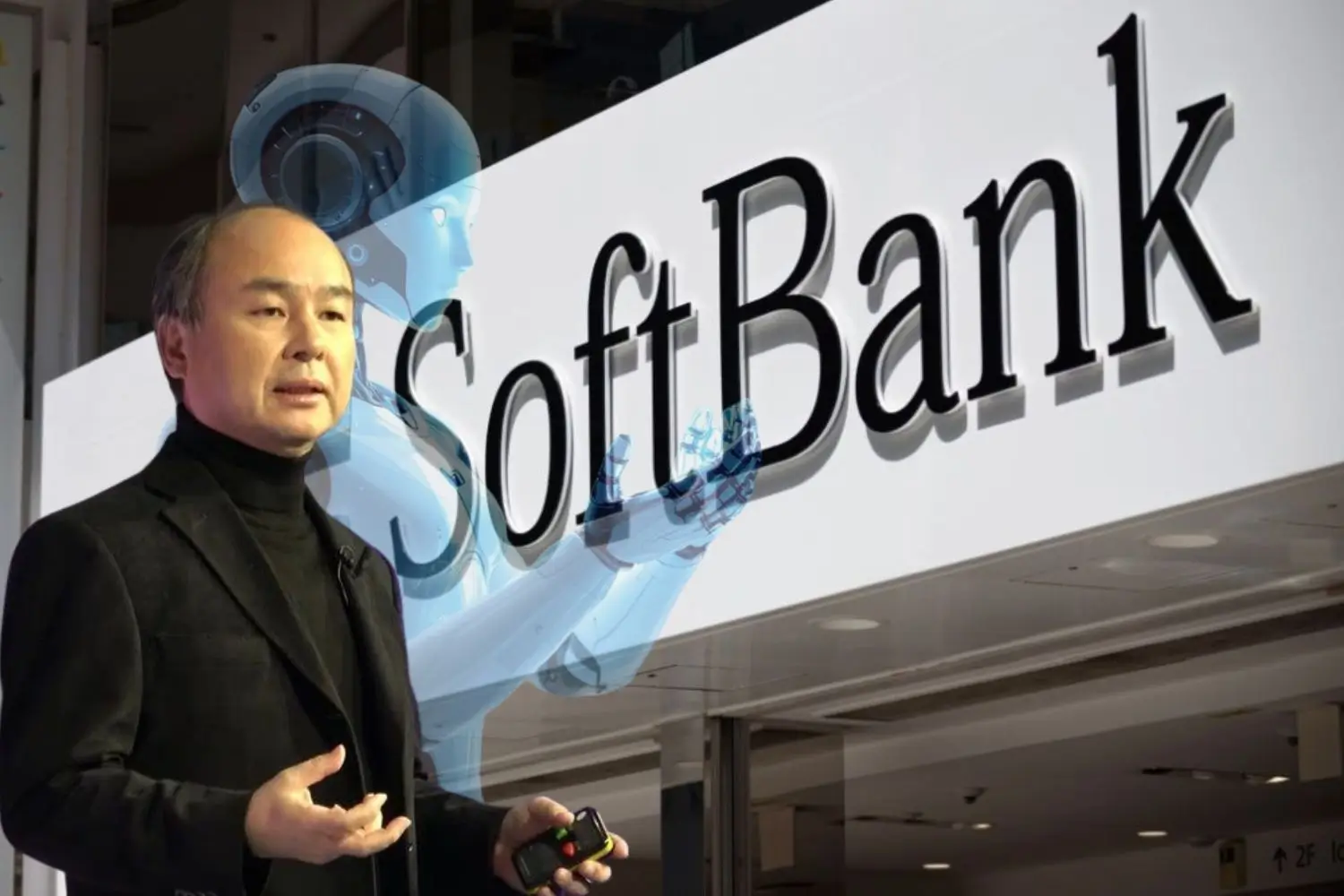Share
SoftBank Divests $5.8 Billion Nvidia Stake to Fuel Ambitious AI Investments
11 tháng 11 2025
SoftBank Group Corp. has sold its entire $5.83 billion stake in Nvidia to finance new AI-focused ventures. This article analyzes the strategy, market impact, and risks behind Masayoshi Son’s bold move.

SoftBank Sells $5.8 Billion Nvidia Stake: A Strategic Pivot Toward AI
SoftBank Group Corp., the Japanese investment powerhouse led by founder Masayoshi Son, has announced the sale of its entire stake in Nvidia Corp., worth approximately $5.83 billion.
According to company filings, the sale took place in October 2025, allowing SoftBank to unlock fresh capital for its aggressive push into artificial intelligence (AI), including infrastructure, chip manufacturing, and robotics ventures.
Why Did SoftBank Exit Nvidia?
Freeing Capital for the Next Wave of AI Projects
SoftBank said the decision was primarily driven by the need to free up capital for large-scale AI investments.
Chief Financial Officer Yoshimitsu Goto stated:
“We sold Nvidia so that the capital can be utilized for our financing,”
emphasizing that the sale “has nothing to do with Nvidia itself.”
This marks a critical strategic shift for SoftBank — from passive tech holdings to an active investor in AI infrastructure and innovation.
From “Holding Shares” to “Owning the Future”
Historically, SoftBank has not limited itself to buying shares in tech firms. The company aims to build an end-to-end AI ecosystem, spanning chips, data centers, robotics, and software.
Selling Nvidia, despite its massive growth, underscores SoftBank’s transition from a financial investor to a strategic operator, seeking control over key technologies that define the AI era.
Financial Results and Market Reactions
SoftBank’s fiscal quarter ending September 2025 delivered a net income of ¥2.5 trillion (around $16.2 billion) — far surpassing analyst expectations.
The Nvidia sale has two clear implications:
Liquidity Strength: SoftBank retains the flexibility to fund new ventures and acquisitions.
Market Debate: Investors are increasingly questioning whether global AI spending — projected to exceed $1 trillion over the next few years — will deliver proportional returns.
Analysts at Financial Times noted that while SoftBank has committed over $100 billion to AI, its actual capital availability might be closer to $58 billion, highlighting liquidity pressure despite strong headline profits.
SoftBank’s Next Moves
Through its Vision Fund 2, SoftBank plans to invest $22.5 billion into OpenAI.
The company is reportedly preparing a $6.5 billion acquisition of U.S. chip designer Ampere Computing LLC, and a $5.4 billion purchase of ABB Ltd.’s robotics division.
A 4-for-1 stock split, effective January 1, 2026, will make SoftBank shares more accessible to Japanese retail investors.
Together, these steps illustrate SoftBank’s ambition to dominate the emerging AI ecosystem, from hardware to software.
What This Means for the Tech and Investment Landscape
The “Infrastructure Play” in AI
SoftBank’s pivot mirrors a growing trend: tech conglomerates are no longer content with passive exposure to AI; they’re building foundational control — over chips, computation, and manufacturing.
Balancing Ambition and Risk
While AI promises exponential growth, it also carries uncertain profitability and potential valuation bubbles. Analysts warn that SoftBank’s vast commitments make it both a visionary leader and a high-risk player in a volatile market.
A Message to Investors
For investors, SoftBank’s move serves as a reminder: chasing innovation requires balancing capital efficiency, liquidity, and long-term vision. The company’s recent success doesn’t erase the financial strain of its expansive investment pledges.
Challenges Ahead for SoftBank
Execution risk: Building AI data centers (e.g., the “Stargate” project) and factories demands time, talent, and huge capital outlays.
Leverage management: Stock splits and large-scale financing may increase pressure on SoftBank’s balance sheet.
Timing risk: If AI investments underperform, SoftBank’s decision to exit Nvidia — which continues to soar — could be seen as a “missed opportunity.” Masayoshi Son once famously called his earlier Nvidia exit “the fish that got away.”
Conclusion
SoftBank’s $5.8 billion Nvidia sale is not merely a divestment — it’s a strategic declaration. The move marks a deliberate pivot from tech stock holdings to building the next generation of AI infrastructure.
Masayoshi Son’s vision is clear: SoftBank won’t just invest in the future — it wants to shape it. Yet, with great ambition comes equally great risk. The success or failure of this transition will determine not only SoftBank’s trajectory but also how the world views large-scale AI investment in the years ahead.
FAQs
1. Why did SoftBank sell its entire Nvidia stake?
To unlock capital for large AI-related investments, not due to any issue with Nvidia’s fundamentals.
2. How much did the company earn from the sale?
Roughly $5.83 billion, providing liquidity for future acquisitions and infrastructure projects.
3. Does this sale signal a negative outlook for Nvidia?
No. SoftBank clarified that the sale was purely financial and strategic — not a reflection of Nvidia’s business performance.
4. What are the key risks SoftBank faces next?
SoftBank must balance liquidity, debt, and execution risk amid massive AI commitments. Returns may take years to materialize, and the potential for an AI investment bubble remains uncertain.
All information on our website is for general reference only, investors need to consider and take responsibility for all their investment actions. Info Finance is not responsible for any actions of investors.







